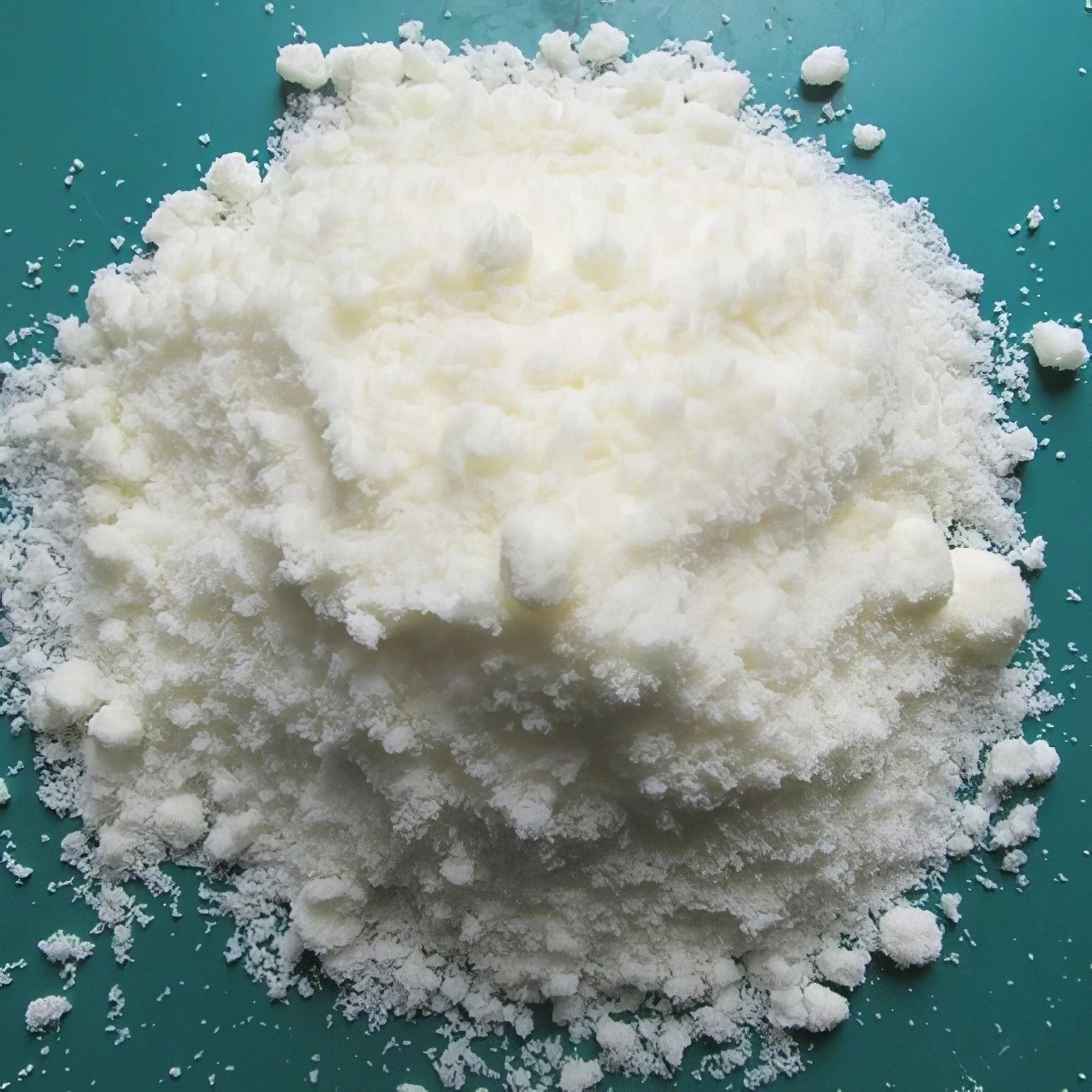



Risks and Benefits of Drinking Chlorine Dioxide for Health Purposes
The Safety and Efficacy of Chlorine Dioxide in Drinking Water
Chlorine dioxide (ClO₂) has been a subject of interest and controversy in recent years, particularly concerning its use in disinfecting drinking water. As a powerful oxidizing agent, chlorine dioxide is primarily known for its applications in water treatment and industrial disinfection. However, its safe consumption and health effects have sparked significant debate. This article aims to explore the use of chlorine dioxide in drinking water, addressing its efficacy, safety, and regulatory perspectives.
Understanding Chlorine Dioxide
Chlorine dioxide is a yellow-green gas at room temperature, but it can be dissolved in water to create a solution. It is commonly used in municipal water treatment systems due to its effectiveness in killing bacteria, viruses, and protozoa. Chlorine dioxide is particularly valued for its ability to remove organic material and chlorinated byproducts, which can contribute to unpleasant tastes and odors in drinking water.
When it comes to its effectiveness as a disinfectant, chlorine dioxide should not be confused with chlorine, which can form harmful byproducts when it reacts with organic matter. Chlorine dioxide, on the other hand, is less likely to create such byproducts, making it a preferred choice in some contexts.
Health Risks and Misuse
Despite its approved usage in water treatment, the consumption of chlorine dioxide in high concentrations can pose serious health risks. Ingesting large amounts can lead to irritation of the gastrointestinal tract, potentially causing nausea, vomiting, diarrhea, and in severe cases, it could affect the ability of red blood cells to carry oxygen.
chlorine dioxide to drink

In recent times, there have been instances of chlorine dioxide being promoted as a miracle cure for various health conditions, including COVID-19. Such claims have not been substantiated by scientific research, and health authorities, including the U.S. Food and Drug Administration (FDA) and the World Health Organization (WHO), have issued warnings against the ingestion of chlorine dioxide in any non-regulated form. It is crucial to understand that while chlorine dioxide may be safe at the levels used in municipal water systems, the concentrated forms found in industrial cleaning agents or as unregulated dietary supplements are hazardous.
Regulatory Perspectives
The regulation of chlorine dioxide varies by country. In the United States, the Environmental Protection Agency (EPA) recognizes chlorine dioxide as a safe and effective method for water disinfection, provided it is used within specified limits. The EPA has established a maximum residual disinfectant level for chlorine dioxide in drinking water to ensure public safety. Likewise, other countries also maintain similar regulations to prevent any potential health risks associated with improper dosages.
In contrast, unregulated use or promotion of chlorine dioxide solutions outside of approved water treatment practices poses a significant risk to public health. The promotion of these products as cures for diseases not only misleads consumers but also endangers their health, as they may be consumed in unsafe amounts or in conjunction with other harmful substances.
Conclusion
Chlorine dioxide serves an essential role in disinfecting drinking water, demonstrating its efficacy against a variety of pathogens while minimizing the formation of harmful byproducts. However, its potential dangers when misused cannot be overlooked. Public awareness around the safe use of chlorine dioxide is imperative, especially in light of misleading claims suggesting that it can be ingested as a remedy for various ailments.
It is crucial for individuals to rely on scientifically backed information and to consult health professionals regarding the safety of any substance they consider consuming. Chlorine dioxide should only be ingested through properly treated water that meets the safety standards established by health regulatory authorities. In conclusion, while chlorine dioxide is a valuable tool in public health when used correctly, it is essential to remain vigilant about its regulation and to educate the public on its safe use to prevent health risks associated with misuse.
-
Why Sodium Persulfate Is Everywhere NowNewsJul.07,2025
-
Why Polyacrylamide Is in High DemandNewsJul.07,2025
-
Understanding Paint Chemicals and Their ApplicationsNewsJul.07,2025
-
Smart Use Of Mining ChemicalsNewsJul.07,2025
-
Practical Uses of Potassium MonopersulfateNewsJul.07,2025
-
Agrochemicals In Real FarmingNewsJul.07,2025
-
Sodium Chlorite Hot UsesNewsJul.01,2025










